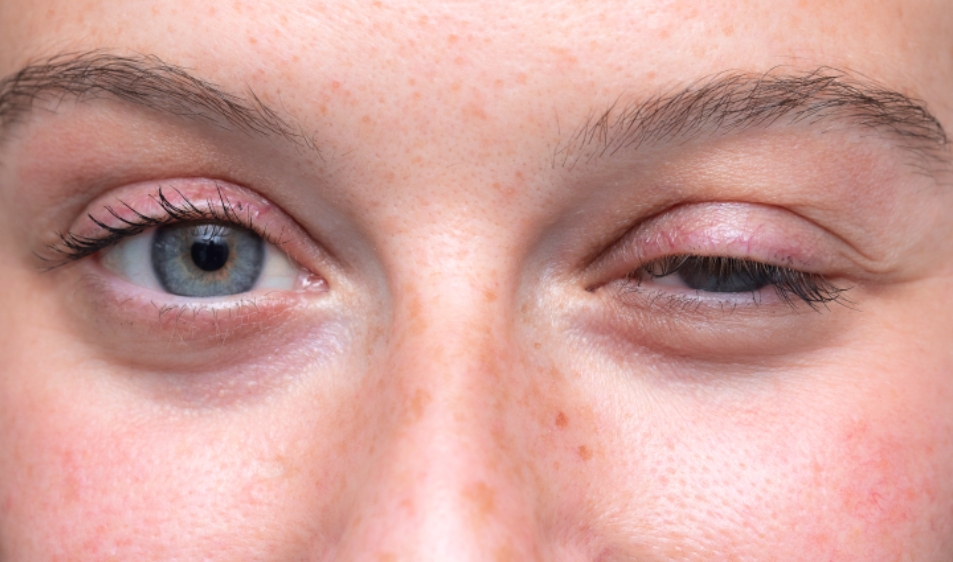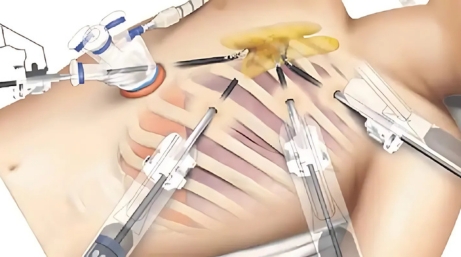Myasthenia Gravis

Myasthenia Gravis Treatment in Pune & Mumbai
What is Myasthenia Gravis ?
It is an autoimmune disorder in which the body assaults the muscle receptors responsible for the control of voluntary muscles, which reduces the control of the brain over muscle movement. It is most accurately described as a skeletal muscle weakness disorder with a neuromuscular junction.
Symptoms of Myasthenia Gravis
The characteristic symptom of MG is muscle weakness that increases with use and decreases with rest. The symptoms are usually:
- Drooping eyelids (ptosis)
- Chewing, swallowing, or speaking difficulty
- Muscle weakness in arms, legs, or neck
- Shortness of breath in severe cases (myasthenic crisis)
- Double vision (diplopia) resulting from the weakened eye muscles
Recognizing the Symptoms of Cellulite
The treatment of MG involves a combination of drugs, therapy, and in some instances, surgery to decrease symptoms and enhance muscle function.

1. Medications for Symptom Control
- Acetylcholinesterase Inhibitors:- Drugs like Pyridostigmine (Mestinon) improve communication between nerves and muscles, helping to reduce weakness.
- Corticosteroids (Prednisone) & Immunosuppressants:- These medications suppress the immune system to prevent it from attacking nerve signals.
- Monoclonal Antibodies (Eculizumab, Rituximab):- Advanced biologic therapies may be used for severe cases that do not respond to traditional treatment.
2. Plasmapheresis & IV Immunoglobulin (IVIG) for Severe Cases
In severe cases or during a myasthenic crisis, where breathing is affected, plasmapheresis (plasma exchange) or IVIG (intravenous immunoglobulin therapy) is used to remove harmful antibodies from the bloodstream, providing rapid relief.
 for Severe Cases.jpg)

3. Thymectomy – Surgical Removal of the Thymus Gland
A thymectomy is performed in patients with a thymoma (tumor of the thymus gland) or generalized MG. The thymus gland plays a role in immune response, and removing it may reduce symptoms or lead to long-term remission in some patients. Minimally invasive robotic-assisted or laparoscopic thymectomy offers a safer, faster recovery with minimal scarring.
Living with Myasthenia Gravis – Lifestyle & Long-Term Care
Although there is no permanent cure, MG is easily controlled with appropriate treatment and lifestyle modifications. Patients are instructed to:
- Avoid Triggers like stress, infections, excessive heat, and overexertion.
- Follow a Balanced Diet with small, frequent meals to prevent swallowing difficulties.
- Take Abundant Rest to avoid muscle exhaustion.
- Practice Physical Therapy to keep the body mobile without overworking muscles.
Why Choose Laparo Obeso Centre for Myasthenia Gravis Treatment?
At Laparo Obeso Centre, we provide professional medical management, thymectomy by minimally invasive technique, and complete care for Myasthenia Gravis patients. Dr. Shashank Shah's team guides them through sophisticated, customized treatment protocols to improve patients' strength, mobility, and quality of life.
FAQ'S
Myasthenia Gravis is a chronic autoimmune disorder that causes weakness in the voluntary muscles. It occurs when the immune system produces antibodies that block or destroy communication between nerves and muscles.
Symptoms typically include drooping eyelids (ptosis), double vision, difficulty chewing or swallowing, slurred speech, and weakness in the arms, legs, or neck. Symptoms may worsen with activity and improve with rest.
It is caused by a malfunction in the immune system, where antibodies interfere with the receptors at the neuromuscular junction. In some cases, it is associated with abnormalities in the thymus gland, such as thymoma.




